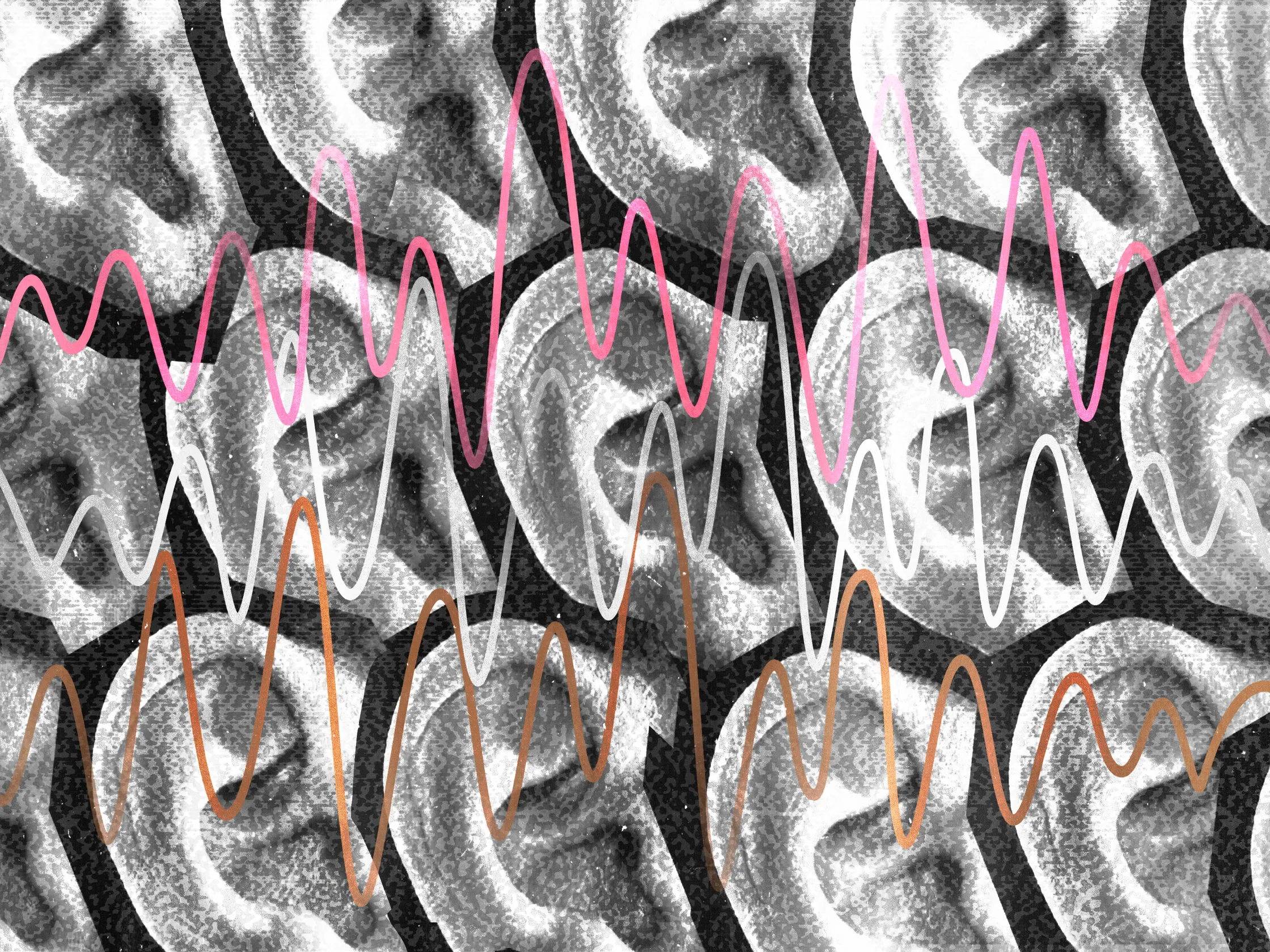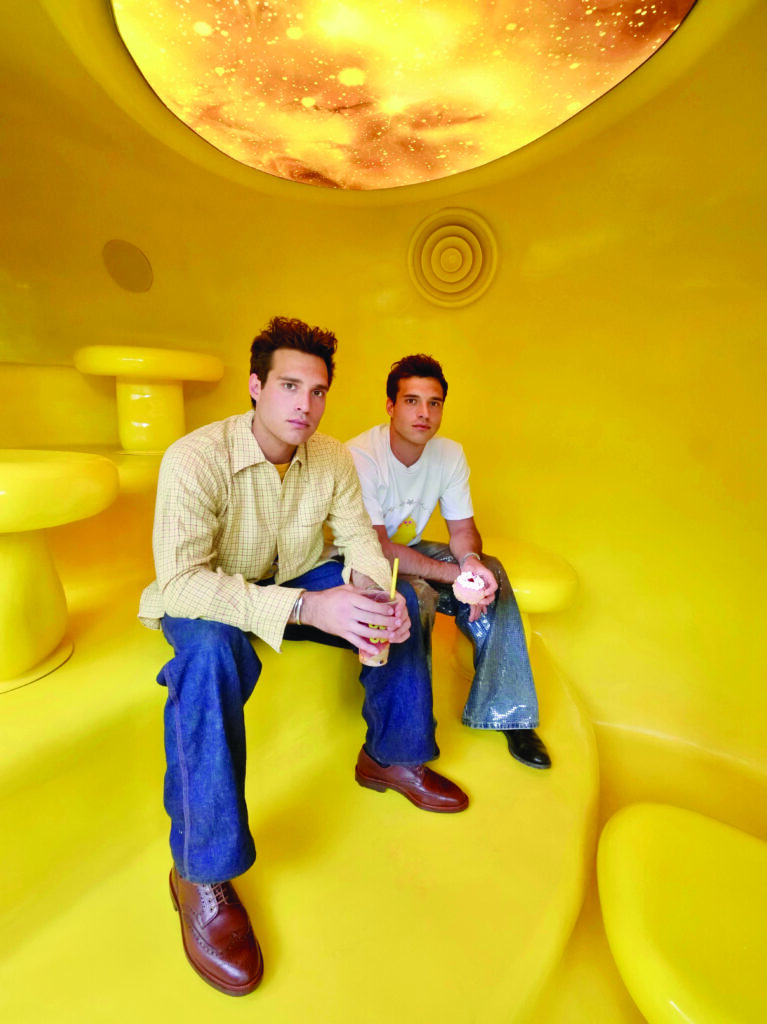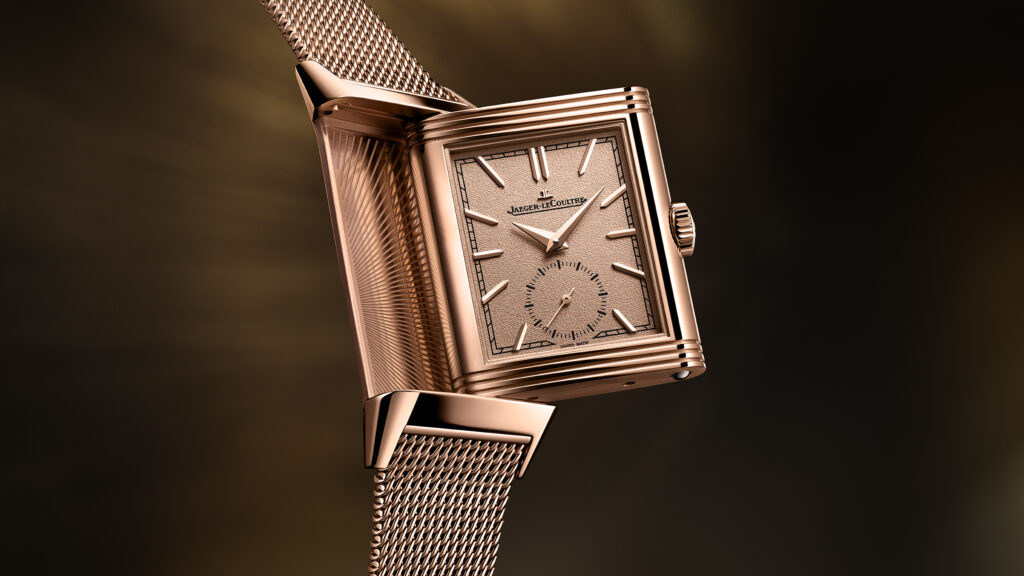Sleep doctors preach a lot about the importance of having a proper evening routine to ensure a blissful night’s sleep. Sometimes that means dim lighting and putting your phone away. Maybe a bath or hot shower is involved. You may also want to consider a nighttime soundtrack.
Growing scientific evidence supports that the best background sounds for sleep are specific types of ambient noise. You may have heard of white noise, but there are other colors, too, including brown and pink—a veritable Neapolitan ice cream sandwich of options. Considering that we can’t actually see sound, these labels are a little confusing. What is the difference between brown noise and white noise? When did pink noise enter the picture?
Consider this the official guide for the noise colorblind. Below, we speak to sleep doctors about each type of noise and how to figure out which one is the best fit for you.
What Is the Difference Between White, Brown, and Pink Noise?
Matthew Walker, PhD, a professor of neurology and psychology and the director of the Center for Human Sleep Science at the University of California, Berkeley, explains that white, pink, and brown noise are all forms of ambient noise that provide a steady background sound, blocking out other sounds that can be disruptive to sleep.
“Your brain is always on alert, even during sleep,” says Dr. Walker. “Thousands of years ago, that was helpful—you needed to hear predators approaching. Today, your brain still reacts quickly to sudden sounds, waking you from deep sleep even for something minor, like a car horn or a neighbor’s footsteps upstairs.”
White, pink, and brown noise can help tune out these minor sudden noises.
“For some people, it can smooth out sudden spikes of noise that would otherwise disturb you, allowing the brain to relax and settle deeply into sleep,” Dr. Walker says. “Instead of being startled awake by unexpected sounds, your brain learns to ignore them, cushioned by the steady hum.”
Per the professor, ambient noise is helpful for a lot of different people with a lot of different sleeping situations. Those include city dwellers who endure daily street noise, night workers who have to sleep during the day, and generally light sleepers. He adds that ambient noise may also be helpful for anxious people who find it hard to quiet their racing thoughts at night.
“It can be somewhat calming, giving their minds something neutral to focus on rather than worrying or overthinking,” he says.
He also says that some people with tinnitus—that persistent ringing in the ears—can benefit from ambient noise too.
But what’s the deal with the colors? And which is best for you?
Below are the differences between white, pink, and brown noise.
White Noise
“White noise is a steady, static-like sound made up of all frequencies humans can hear,” says Leah Kaylor, PhD, a psychologist who served as the FBI’s sleep expert for five years. She explains that white noise is similar to the sound of a fan or TV static.
Similar to how the color white is a combination of multiple colors of light, in which all the different colors are equally combined, white noise is when all the audible frequencies are equally represented in the sound, says Dr. Roneil Gopal Malkani, MD, an associate professor of neurology and sleep specialist at Northwestern University.
In other words, all the other noise colors are part of white noise.
Brown Noise
Also known as red noise, brown noise has a lower frequency of sound compared to white and pink noise.
“Pink noise is similar to white noise, but sounds a little bit lower and pitch, and brown noise is even lower,” Dr. Malkani says, adding that examples of brown noise are heavy rain or thunder.
Pink Noise
Pink noise is softer than white noise.
“It sounds like rain falling or wind through trees,” Dr. Kaylor says.
It also happens to be more scientifically researched than other types of ambient noise, according to Army neuroscientist and sleep expert Major Allison Brager.
One 2017 study conducted by researchers at Northwestern University, Feinberg School of Medicine, shows that pink noise may boost our memory. The study focused on older adults (between 60 and 84) who spent two nights in a sleep lab. One night, they slept normally and on another night, researchers gently played pink noise at precise moments synchronized with their deepest sleep phases, called slow-wave sleep. In the morning, researchers tested how many words participants remembered from a list they had learned the day before. Participants remembered about three times as many words after sleeping with pink noise compared to the silent night.
“To put numbers on it, if they usually remembered about 5% more words after regular sleep, pink noise nights boosted recall to around 15%. The scientists also found that the stronger the brain’s slow-wave activity became due to pink noise, the better the memory improvement,” Dr. Walker says, adding that so far only pink noise has been scientifically linked to boosting memory.
How to Figure Out the Best Type of Sleep Noise for You
All of the sleep experts we spoke to said the best way to figure out what type of noise works best for you is to try them out. You can do this by downloading an app (Noise Machine, SimplyNoise, and Noisli are three highly rated ones) or you can buy a noise machine online.
Dr. Walker recommends starting with pink noise, since it’s the most balanced.
“Try it for several nights and notice how easily you fall asleep, how often you wake up, and how refreshed you feel the next morning,” he says.
If the pink noise isn’t enough to block out environmental noises, Dr. Walker recommends trying brown noise next.
“Brown noise has deeper, stronger tones that some people find more comforting,” he says.
On the other hand, if the pink noise seemed too heavy, he suggests moving on to white noise.
“After a week or two, you’ll naturally find yourself gravitating toward one noise type, like your brain picking its favorite comfort food,” Dr. Walker says.
Regardless of which one you go for, Dr. Malkani says to make sure the volume is just low enough to be audible, but not so high that it could wake you up. Dr. Kaylor also says to consider putting it on a timer—especially if you only have trouble initially falling asleep versus waking up in the middle of the night.
While ambient noise can be helpful for sleep, Dr. Kaylor emphasizes that it’s still important to have other healthy sleep habits in place. Firing up a sound machine isn’t going to cancel out too much screen time before bed, having caffeine late in the day, or an after-hours dinner. It’s meant to work in conjunction with your other sleep-hygiene habits.
And if you are following a strict sleep-hygiene regimen but still waking up frequently throughout the night, you might be suffering from a more serious condition, like sleep apnea, and should talk to your doctor about treatment.
But if you need something to drown out environmental disturbances—or even just the running monologue in your head—it just may just be the adult lullaby you’ve been waiting for.
First published on gq.com





